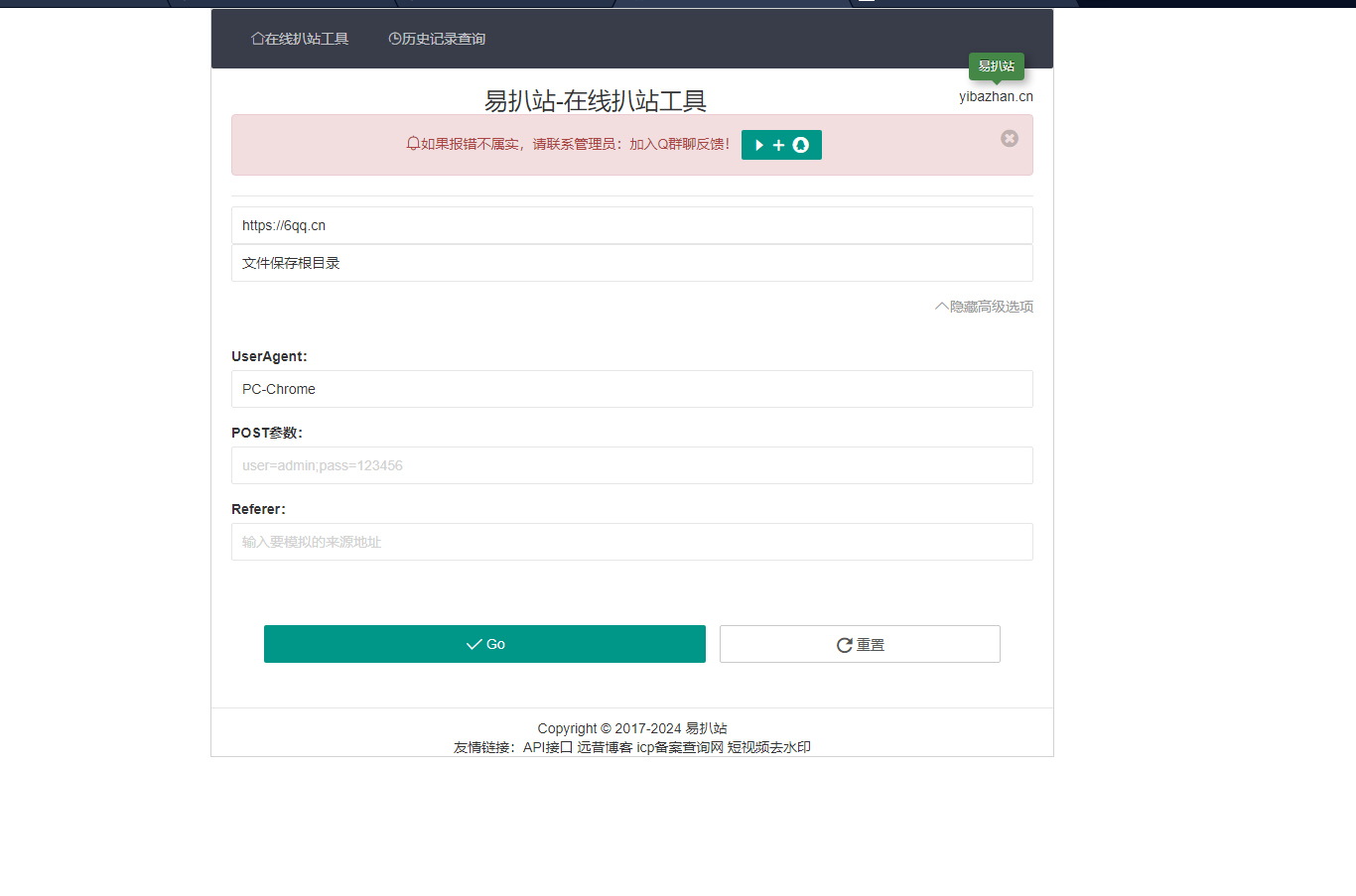下面由laravel教程欄目給大家介紹pipeline怎么處理laravel多條件查詢,希望對大家有所幫助!
原標題:Laravel Eloquent Query Filter using Pipeline原文鏈接:hafiqiqmal93.medium.com/laravel-eloquent-query-sfilter-using-pipeline-7c6f2673d5da
pipeline是Laravel 特別有用的特性之一。 pipeline也是 Laravel 中最常用的組件之一,例如中間件。
One of the features of Laravel which surely useful is the pipeline. Pipelines is one of the most used components in the Laravel for example middleware.
基本上,通過管道,我們可以通過任務堆棧傳遞對象,并通過回調獲得結果。
Basically, with a pipeline we can pass an object through a stack of tasks and get the result via a callback.
管道用于查詢過濾的好處是我們可以將成噸的屎山減少到幾行。 沒用管道之前,我們通常會寫一個控制器,獲取用戶模型的 Eloquent 實例,并根據查詢字符串拼接一些條件。
The benefit of pipeline for query filtering is that we can reduce tons of lines to several lines. Being unaware of the pipelines, we would usually set up a controller, get an instance of Eloquent of User model, and apply some condition based on query string.
讓我們看看下面的屎山查詢大法。
Let’s see below queries.
$query = User::query();if ($request->username) { $query->where('username', 'LIKE', "%$request->username%");}if ($request->email) { $query->where('email', 'LIKE', "%$request->email%");}if ($request->address) { $query->where('address', 'LIKE', "%$request->address%");}if ($request->occupation) { $query->where('occupation', 'LIKE', "%$request->occupation%");}return $query->get();
缺點很明顯,過濾條件像屎山一樣不斷的堆加,出現大量重復的代碼。 另外,代碼的可維護性就有點腦殼疼了。
The drawback is that, it’s obviously that filters conditions will continue to grow as well as duplication of the same filter for other query. In other hand, the maintainability of the code kind of headache.
來看看管道優雅的處理方式
There is where Pipeline become a hero?
return User::query()->filter([ UsernameFilter::class, EmailFilter::class, AddressFilter::class, OccupationFilter::class])->get();
簡單而簡短吧?看看下面的步驟
Simple and short right? But before that,
1. 創建一個名為“Filterable”的trait類并寫一個scope方法
- Create a trait named Filterable and create a scope
class Filterable{ public function scopeFilter($query, array $through) { return app(Pipeline::class) ->send($query) ->through($through) ->thenReturn(); }}
然后,你就可以愉快的在任意Model中復用它,如User模型
Then, use it in any model that you prefer, for example User model
class User { use Filterable; }
2.創建一個Filter,例如UsernameFilter
2. Create a filter for example UsernameFilter
class UsernameFilter { public function handle($query, $next) { if (request()->mobile_phone) { $query->where('username', request()->mobile_phone); } return $next($query); }}
食用方法:
The usage is just like this
User::query()->filter([UsernameFilter::class])->get();
或者
OR
你還可以通過傳遞屬性的方式來使用管道。
If you want for more accessibility to the pipeline, you can also pass an attribute.
class StringFilter { public function handle($query, $next, $column) { if (request()->{$column}) { $query->where($column, 'LIKE', request()->{$column}); } return $next($query); }}
像下面這樣用
The usage is just like this
User::query()->filter([ 'StringFilter:username', 'StringFilter:email',])->get();
搞定,優雅吧!
Done. Simple and clean?
推薦:《laravel》? ? ? ? ? ? ? ?? ? ? ? ? ? ? ? ? ? ? ? ? ? ?















